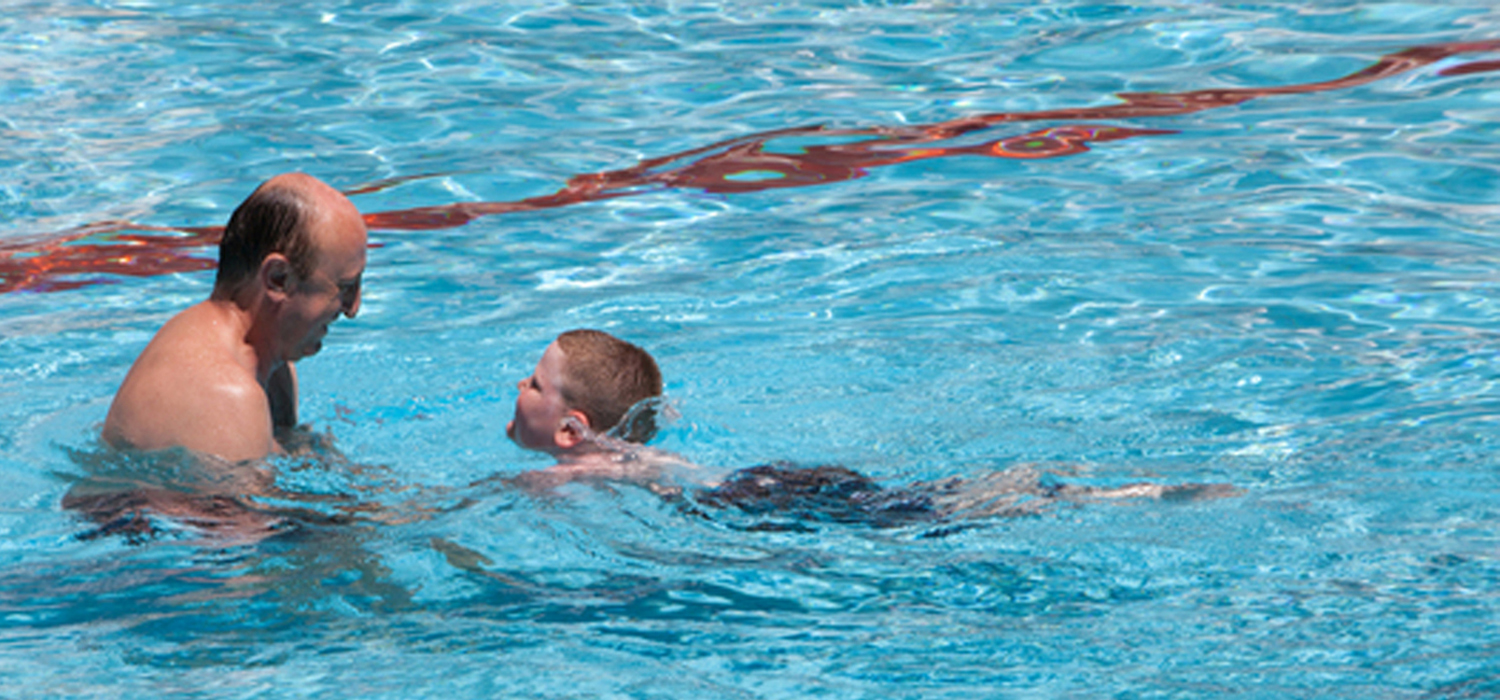Bio/Neurofeedback






Brain Training Overview
Biofeedback and neurofeedback are the two main brain-training modalities but our practice also offers additional brain-based tools including:
listening therapy: a sophisticated, music-based tool chest for at-home programs. These target a range of symptoms from anxiety, depression, ADHD, sensory sensitivities, spectrum disorders and peak performance.
cranial electrical stimulation: for at-home use to address depression, anxiety and insomnia.
cognitive training programs: for memory, attention, and learning disabilities.
Our practice is devoted to continually learning about new neuroscience technologies and identifying the best tools to help clients reach their peak.
Your Program
The components of your unique program will be based on your goals and current brain function. Typically clients have a schedule of in-office sessions as well as at-home activities to sustain momentum and progress.
Our overall approach focuses an eye on the broader realm of your health activities such as exercise, sleep, maintaining a nourishing physical environment and a diet that minimizes inflammation from foods and other toxins. This all effects the brain.
Neuroscience FAQ's
Here are some of the most frequently asked questions (FAQ's) about biofeedback and neurofeedback. If you have additional questions, please contact us.
What is biofeedback?
Biofeedback involves the use of instruments to mirror the psychophysiological processes an individual is not usually aware of to bring them under voluntary control. Bio means biology. Feedback is giving information back to the person who is generating it. Currently, the biofeedback modalities we use are heart-rate variability training, thermal training, activity monitors (paces, stairs), and neurofeedback.
What is neurofeedback?
Neurofeedback is biofeedback for the brain. It provides information about one’s current brain functioning to help the brain learn new patterns.
What does neurofeedback training do?
Clients see their brainwave activity on a screen (or hear it through selected sounds) and then alter their mental state to change their activity to achieve rewards. It entails learning to self-regulate brain patterns. Training protocols are developed based on your unique baseline brain function and your goals.
How does neurofeedback work?
First, there is an assessment to diagnose symptoms and identify goals. Typically this includes a QEEG brain scan (Quantitative Electroencephalogram) . Then, we create a training plan and program the training to enhance desired brain wave activity. Sessions are 40-60 minutes and use brain training to reward optimal brain waves. Often other brain training tools are incorporated, as well as attention to your diet, exercise, and sleep.
What does neurofeedback treat?
ADD and AD/HD
Learning disabilities
Stress and anxiety
Depression and phobias
Brain brightening and memory
Peak performance
What else is neurofeedback used with?
Amateur and Olympic athletes
Treating Autism and Asperger’s
Seizure disorders
Returning soldiers with brain trauma
What are some research findings of neurofeedback?
Brain training effects do not wear off
ADD clients eliminate medication
ADD children’s IQ increases
Increase in focus, social behavior, academic success, and self-esteem
Reduction in impulsivity
Decrease in symptoms of depression
Reduction in epileptic seizure activity
Reduction of symptoms for Tourette’s Syndrome
Matt's ADD Story
Matt is a successful business professional and elite amateur athlete diagnosed with attention deficit disorder (ADD) as an adult. Learn about his neurofeedback training with us and a time of new beginnings.
More on Peak Performance
Neurofeedback training is used to help people who just want to perform better. This includes executives, athletes, and artists of all types. The increase in focus and concentration is benefical in many areas of life. Learn how neurofeedback affected this young man.
Scheduling
If you’re interested in setting up an appointment, or a brief complimentary consultation for preliminary questions, please visit our scheduling page to book an appointment.
How many sessions will I need?
The number of sessions needed varies but generally, most individuals need a minimum of 15-20 sessions to see a sustainable benefit. Some disorders may require 40 or more sessions. The number varies in terms of the brain function at our start point, how well your brain trains, and what your goals are.
What are the side effects?
The side effects of neurofeedback are generally minimal and not long-lasting, they may include headaches or fatigue. If you have any reactions to the treatment, be certain to tell us. The treatment may also enhance your emotions, physical sensations, and/or memory of selected events.
What is a QEEG?
A quantitative electroencephalograph describes the spectral characteristics of an EEG. It describes differences from a normative database not visible looking at the raw EEG data. It also compares the characteristics of the brain waves from different parts of the brain to see how communication within the brain is working. The frequency of brain wave patterns allows the neurofeedback trainer to set up training programs to help clients increase their ability to self-regulate and improve their mental states.
Sample QEEG Brain Map
Does insurance cover your services? How does it work with my health insurance for payment?
As a licensed clinical professional counselor, I am considered a provider for health insurance benefits. We can electronically file your claims for your insurance program for free if you wish.
I am an in-network provider for some, not all, Blue Cross Blue Shield plans.
If you are with a different insurance provider, my services will be considered out-of-network and fees are due at the time of service. Neurofeedback services may or may not be covered under your insurance benefits. Please check with your insurance company to confirm. The CPT codes for those services are 90876 and 90875 for biofeedback or neurofeedback with psychotherapy and 90901 for just biofeedback. We may offer special packages for those who have no insurance coverage on those services.
For all, we honor that your insurance coverage is a contractual relationship between you and the insurance company. It is your responsibility to contact them with any questions about copays, out-of-pocket fees, deductibles, co-insurance fees, claim payments, benefit levels, and issues of that nature. Clients are, of course, ultimately and fully responsible for the payment of their accounts.

